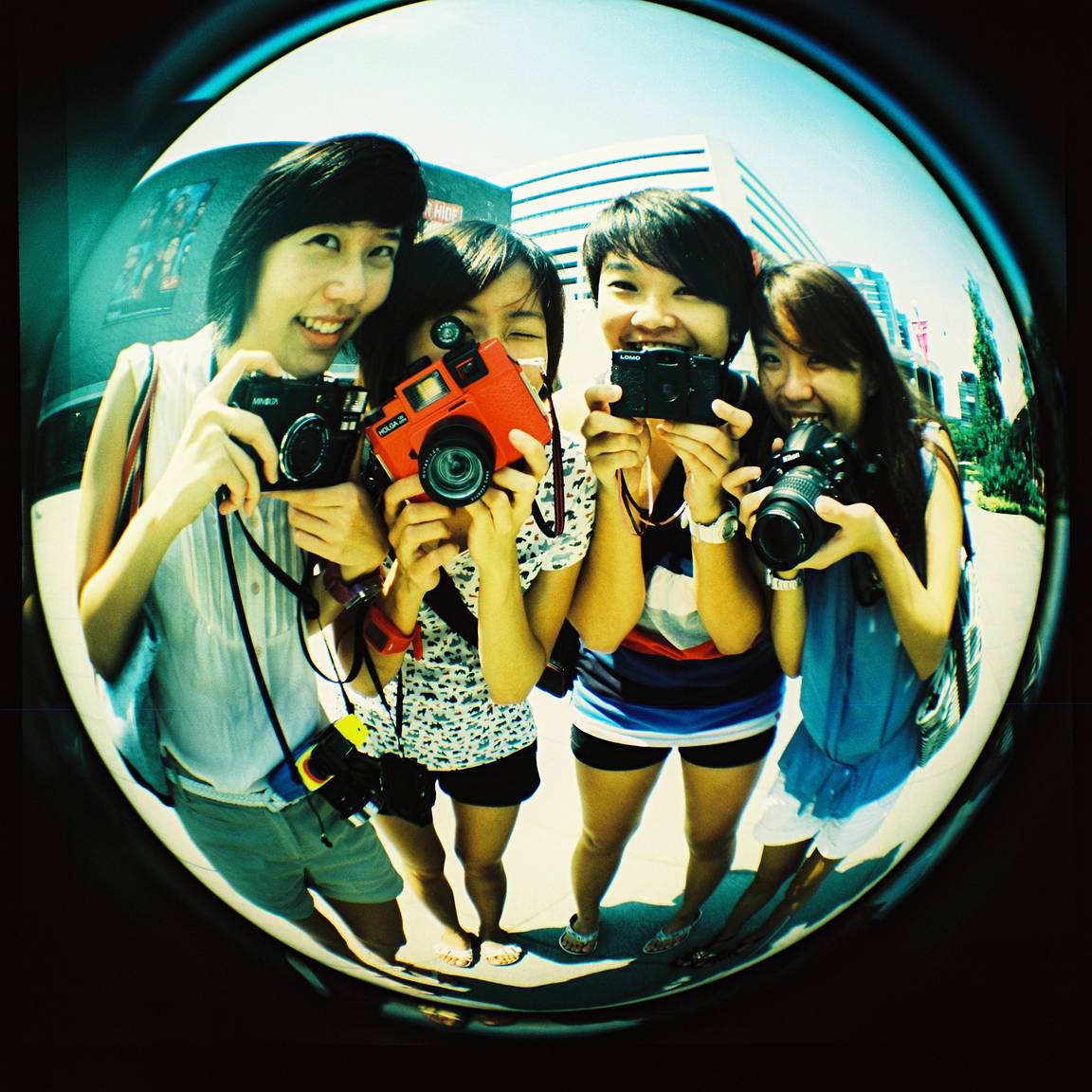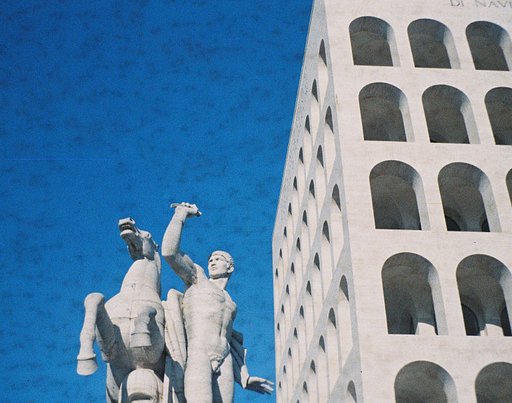Sunny 16 Table Guide To Film Speed For Toy Cameras
11 57 Share TweetWhen using toy cameras we are very limited by our choices of apertures and shutter speeds. This means we need to be careful when selecting which film speed to use in different lighting conditions to make sure our shots don't come out too over or underexposed. "But there are so many types of film to choose from, how will I know the right one?" I hear you ask. Well, by using something called the Sunny 16 Rule, we can work out the optimum ISO by doing some quick mental arithmetic.
But wait a minute ... aren't the 6th and 7th rules of Lomography to not think and be fast? Well, to make things a little easier, I have created a nice, clear table to save you the headache.

For the newbies out there reading this, here is some brief background on film speed, shutter speed, aperture and why it all matters anyway.
Film speed refers to the film’s sensitivity to light. This is measured as an ISO rating. A low ISO (100-400) rating means the film will be less sensitive to light and therefore would be better to use in brighter conditions to prevent overexposure. A high ISO rating (400-1600) means the film is far more sensitive to light and therefore better suited to use in lower light conditions to prevent underexposure.
Aperture simply means the size of the hole behind the lens that lets light into your camera. The bigger the aperture, the more light will expose your film. Aperture is defined as an f-stop with the larger the number, the smaller the aperture.
Shutter speed is the amount of time the shutter of your camera fires open for and is measured in seconds. The faster the shutter speed the less light will enter your camera.

How To Use the Table
You will see that there are two tables, each defined by the shutter speed of the camera. Lomography plastic cameras have either 1/100th of a second or 1/60th of a second shutter speed. To make things super easy for you I have color coded where the cameras sit on each table so you don’t have to flick through your manual to find out the shutter speed and aperture of your camera. All you have to do is select which camera you are using from the key and look at which table and aperture column(s) it relates to. Some cameras have only one aperture like the Fisheye or La Sardina. However, some have a few options. So read your manual to see how the f-stops are displayed and set using your camera settings.
Next, look at the lighting conditions where you intend to shoot. Look for the detail and definition in shadows to help you decide. Ask yourself; “Are there any clouds in the sky?”, “Can I see sharp definition in shadows”, “Are there any shadows at all?” Remember that if you are shooting in the shade or inside then this will also affect the lighting.
Now you have decided the lighting condition, line it up on the table where your camera’s aperture sits, run your finger along to where the two join and BAM! There you have your optimum film speed.
What The Hell Is "Sunny 16" anyway?
This table is simple enough for both beginners, who don’t know their apertures from their elbows, and advanced veterans to use. However, here is some simple background on the sunny 16 rule. The sunny 16 rule says that when shooting in bright, sunny conditions and using an f 16 aperture, the ideal film and shutter speeds to use in order to gain optimum exposure will be an inverse of each other. For example, if I am using a 1/100 shutter speed, then the ideal film to use would be 100 ISO. Similarly, if I wanted to use 64 ISO film in the sunny conditions, the ideal shutter speed would be around 1/60.
Each step, change in lighting condition dictates one stop change of aperture. For example, if I were to still use 100 ISO film with a 1/100 shutter speed in slightly overcast conditions, then I would have to adjust the aperture by one stop larger to f/8 to achieve the same results. As on Lomography cameras, we are limited by our control of aperture and shutter speed, we need to adapt this rule to choosing film speed to gain correct exposure.
This means that still using 1/100 shutter speed at f16 we can use 100 ISO film for sunny conditions, 200 for slightly overcast, 400 for overcast and so on…
Things To Remember
- Please remember this is only a guide. Experimentation is at the heart of Lomography and sticking to rules and guides religiously will only hurt your creativity. Also, as it is only a guide for “optimum” film speeds, you must realize that there is no film available to buy for every place in the chart. You will be hard stuck to find a film which will give 1920 ISO for your Holga so it is better to just bear it all in mind when selecting films. Similarly, shutter speed in plastic mechanisms is never exact so there is little point trying to over control the whole process of using one (and it kinda defeats the point of using one in the first place anyway). So remember, it is OK to over or underexpose shots if you like the effect it gives!
- Different film types have different latitudes. This means that some films are more forgiving by how much you over or under expose than others. Typically color negative film can be overexposed by 3 stops and underexposed by 1 stop before you will notice any difference in exposure. Black and white film is similar with 2 stops of overexposure latitude and 1 stop of under. Slide film has very little latitude with roughly half a stop latitude either way. However, this is increased when cross processing.
- Holga apertures and shutter speeds. You will notice that the information in this guide on the Holga and Holga 135’s aperture and shutter speed, conflicts with the manual. This is because the manuals are incorrect due to an earlier design defect in Holga production. Holga 120’s being produced and sold at the time of writing this guide have two apertures of f13.3 and f20, whilst the Holga 135 only has one aperture of f13.3.
So print this table off and stick it on your wall, in your cameras bag or on the back of your camera to help you choose your film next time you are off to shoot. Or completely ignore all of this and throw in any old film and hope for the best. Either way, I hope you are all a little bit wiser after reading this guide.
written by kidrobot on 2012-11-23 #gear #tutorials #film #tutorial #aperture #film-speed #tipster #holga #fisheye #diana #iso #select-type-of-tipster #select-what-this-tipster-is-about #sprocket-rocket #la-sardina #sunny-16

























11 Comments